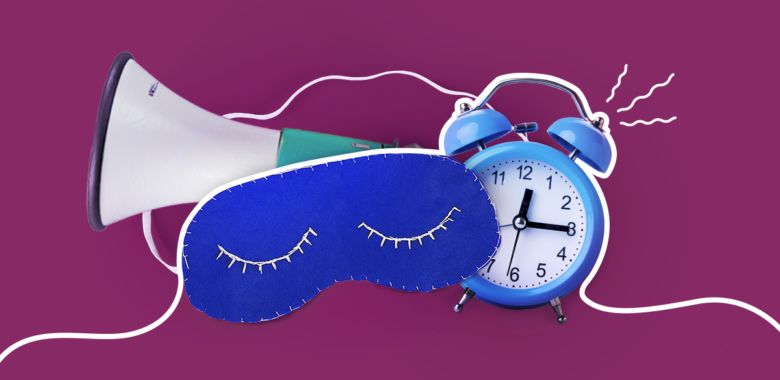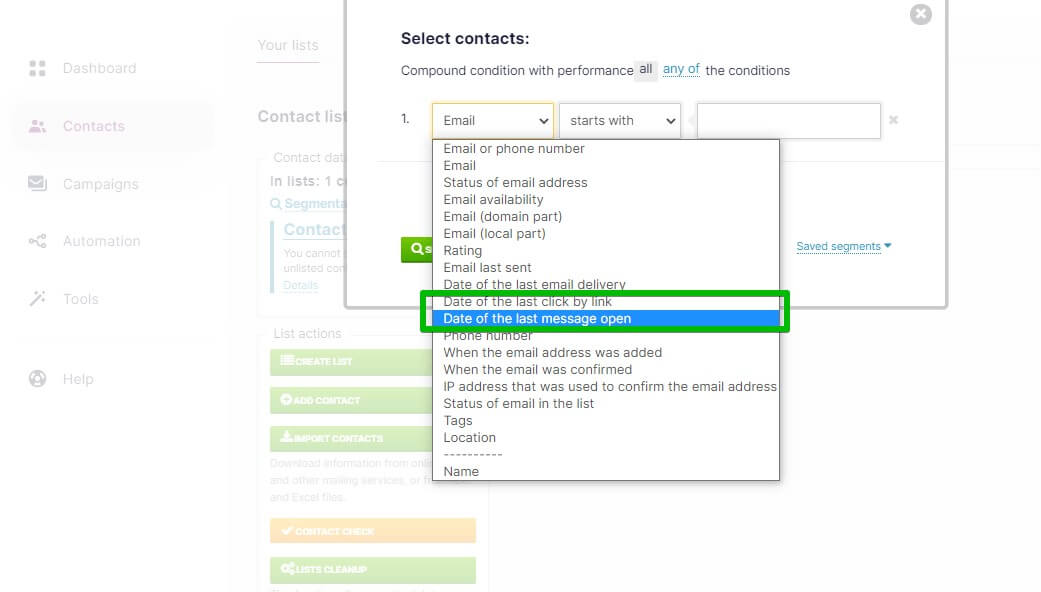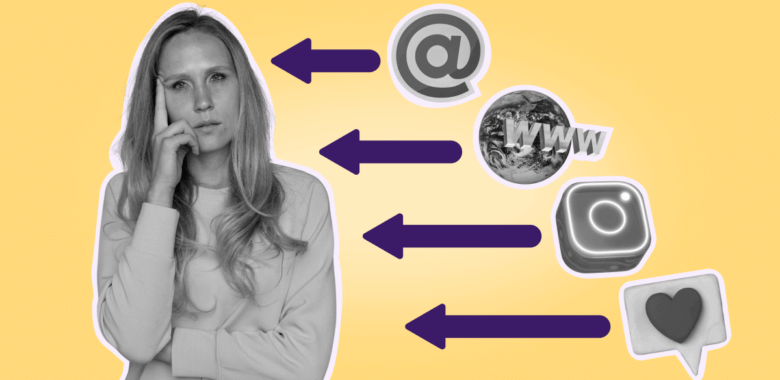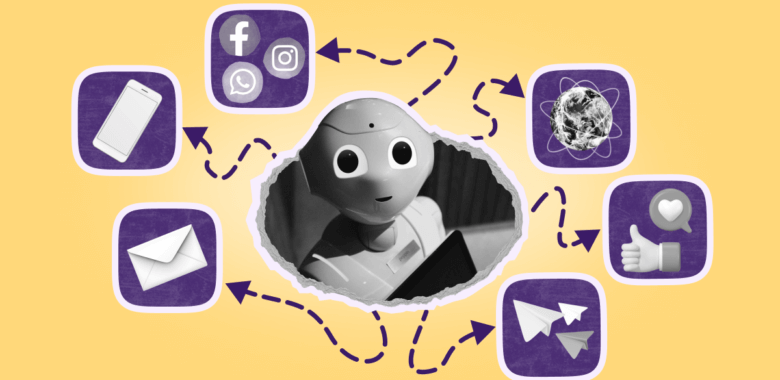Re-engagement: what it is and why you need it
Imagine that a large part of your contacts don’t open your emails or click on links. Actually, you probably don’t have to imagine it. In an ideal world, every one of your subscribers is keen to hear from you. In reality, it’s usually only a small part that really likes to receive emails from you and click links. It is considered OK when 50-60% of subscribers are dormant. And sometimes, this figure might be up to 90% and this is where the problem starts.
There are many reasons why people stop engaging with emails:
- It’s no longer relevant. They changed their priorities or found an alternative.
- It’s not what they expected. You promised an informational newsletter but ended up promoting your educational course instead.
- It got caught among other emails. They bit off more than they could chew and don’t have time to read all emails but don’t want to unsubscribe either.
- It’s boring.
- It has too many ads.
- It’s difficult to read. Maybe your emails are not well-structured or mobile-oriented.
- It’s too frequent (read intrusive).
- It’s too seldom and irregular (read “Wait a sec, I don’t remember subscribing to this”).
So when you find out that a lot of subscribers are unengaged, you have 3 options:
- Leave it as it is
- Remove them from the lists
- Reactivate them.
Leaving everything be is not the best option, because subscribers who have been dormant for a long time, are unlikely to start interacting with you on their own.
Removing them works fine and makes your lists more active. List-cleaning is something email marketers do on a regular basis.
We get it, squandering away perfectly live contacts is hard. So before removing, try to re-engage them first.
Re-engagement (or reactivation, or win-back) in email marketing is the process of running special email campaigns targeted at subscribers that were once active but don’t read, click, or buy anymore and offering them something for their return.
A typical re-engagement email looks like this:





















